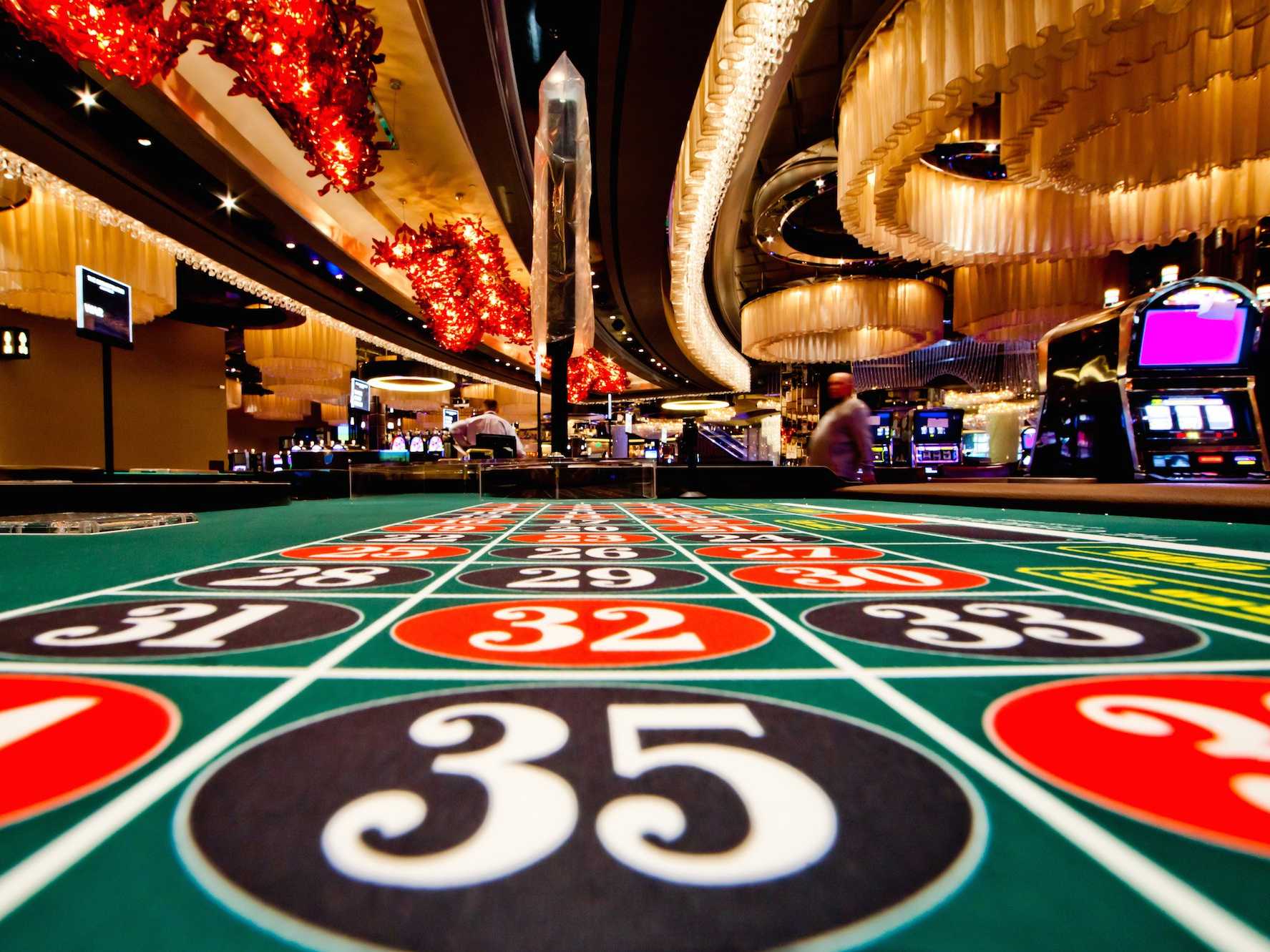Within a dynamic and exciting world of casinos, wherein luck and tactics intertwine, hues and design play a key role in attracting players. As soon as visitors step inside a casino or log into a gaming website, they are immersed in a sightly feast that grabs their attention and entices them to explore further. Vivid colors, captivating graphics, and creative layouts are meticulously crafted to create an environment of excitement and expectation, ultimately enhancing the gaming experience.
As gamblers navigate through the dynamic landscape of casino games, they encounter a range of designs that not only serve aesthetic purposes but also influence emotions and decision-making. Hues like scarlet and yellow symbolize wealth and luck, while calm blues and emeralds can create a more tranquil environment. Understanding how these elements function together enables casinos to create an inviting and energizing atmosphere that encourages players to engage with the games, invest additional time at the tables, and boost their general enjoyment.
The Science of Color in Gaming Establishments
Color plays a key role in the creation of casino games, affecting player emotions and behaviors. Vivid and bold shades, such as red and yellow, are often used to stimulate enthusiasm and draw focus. These colors create a feeling immediacy and energy, encouraging gamblers to engage more readily with the experience. By strategically selecting colors, creators aim to evoke emotions of satisfaction and anticipation, which can enhance the total game experience.
Distinct colors also have psychological connotations that can affect how participants perceive their possibilities of winning. For instance, lime is often associated with good fortune and wealth, making it a frequent choice in games like roulette and poker setups. This association can lead players to feel more optimistic and assured in their gameplay, ultimately encouraging them to stake more. Grasping these links allows game designers to create environments that enhance player satisfaction and retention.
Moreover, the layout of gaming interfaces often uses gradients and contrasting hues to guide player actions. For example, winning outcomes may be accentuated with striking, contrasting colors, creating a visual reward. This approach reinforces successful results and encourages repeated engagement. By utilizing color psychology, gambling establishments can design activities that not only draw participants but also maintain them engaged and committed in their game experience.
Creative Features that Attract Players

The visual appeal of casino games is primarily influenced by the use of bold colors. Lively and contrasting colors are strategically chosen to create an inviting atmosphere that captures interest. For instance, crimson and golden hues often signify luck and wealth, which is why they are common in the palettes of slot machines and game surfaces. These colors not only attract players in, but they also stir emotions associated with thrill and expectation, enhancing the total gaming experience.
In addition to color, the design and organization of gambling games play a significant role in player attraction. Games are designed to be intuitive, ensuring that players can quickly understand the rules and gameplay. User-friendly interfaces, along with captivating graphics and animations, help maintain gamer interest and encourage extended play sessions. The tactile elements, such as the feel of the controls and the sounds of the games, also contribute to a holistic sensory experience that keeps players immersed.
In conclusion, thematic elements in gaming design can greatly influence player choice. Many gambling games are inspired by media, fairy tales, or adventure themes, featuring symbols and characters that connect with players. These themes create a sense of immersion and relatability, making each game feel unique. When players feel a bond to the concept, they are more likely to choose that game over others, leading to higher participation and excitement within the casino environment. 99win
Case Studies: Successful Gambling Slot Designs
One key example of impressive casino game design is the popular slot machine series based around blockbuster movies. Games such as those based on the The Wizard of Oz and Game of Thrones utilize dynamic colors and top-notch graphics to engage players in well-known narratives. The employment of dynamic visuals and captivating sound effects takes the focus of players, establishing an psychological connection to the theme. This approach not just promotes longer play but also improves the overall gaming experience, resulting in increased player retention.
Another notable case is the application of color psychology in table games like 21 and roulette. Casinos often design these games with deep reds and greens, colors traditionally linked with luck and wealth. For instance, the emerald felt on a 21 table provides a relaxing effect, while the crimson accents in roulette invite anticipation. This deliberate use of color helps to establish an inviting atmosphere that encourages players to participate, addressing their psychological impulses and increasing their enjoyment.
Finally, online casino games that feature community features and bright, lively designs have seen remarkable success in engaging players. Đá gà 99win Games like Zynga’s Poker and Slotomania leverage bright colors and playful animations to create an inviting online environment. The integration of leaderboards, community sharing options, and in-game rewards encourages competition and community, pulling players in for longer sessions. Such designs merely make the games visually appealing but also highlight community engagement, a vital factor in player retention and engagement within online casino environments.